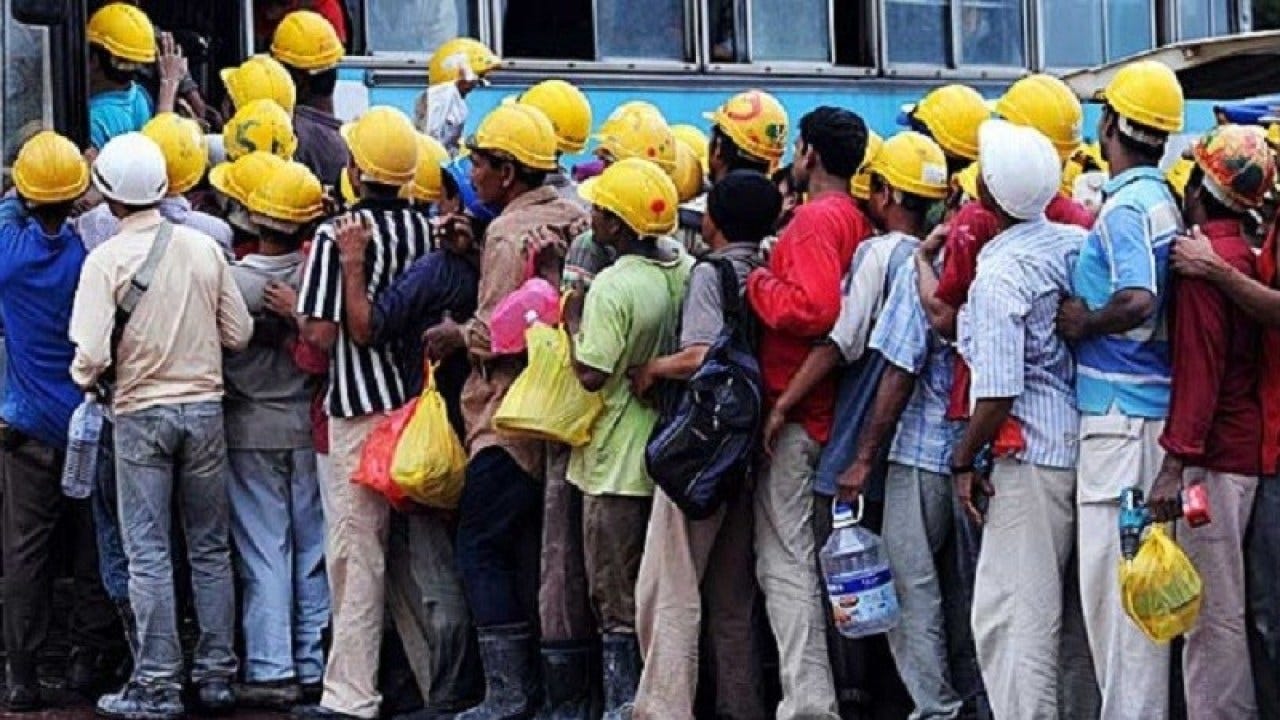Covid Meets Slavery in Southeast Asia
The less-rich exploit the even less-rich
Slavery, debt slavery, and bonded labor have long been a curse of much of Southeast Asia, in the pre-colonial, colonial, and post-independence eras. And so it is today as the richest countries make themselves ever richer by treating persons from less fortunate neighbors as cheap, disposable, rights-less labor, often additionally constrained by debt, sei…
Keep reading with a 7-day free trial
Subscribe to Asia Sentinel to keep reading this post and get 7 days of free access to the full post archives.

